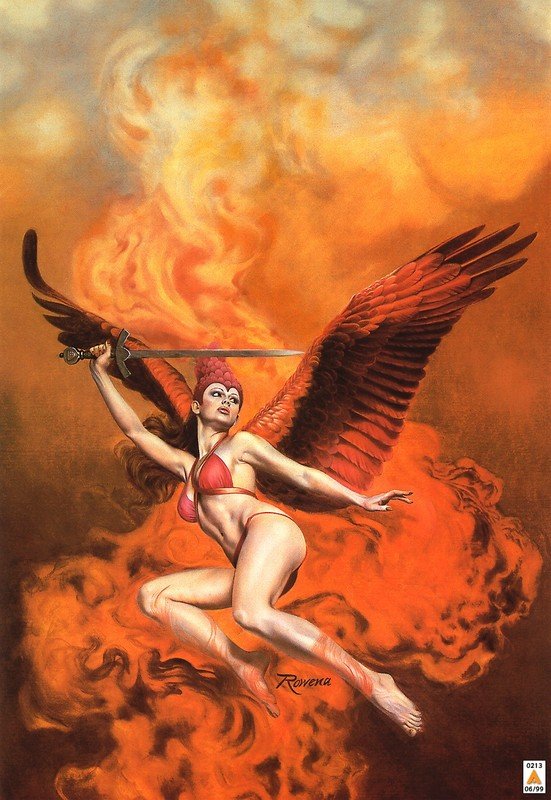|
|
Rowena Morrill Drawings
|
- The produced image is also called a drawing (noun). A quick, unrefined drawing may be defined as a sketch.
Drawing is generally concerned with the marking of lines and areas of tone onto paper. Traditional drawings were monochrome, or at least had little colour, while modern coloured-pencil drawings may approach or cross a boundary between drawing and painting. In Western terminology, however, drawing is distinct from painting despite that similar media are often employed in both tasks. Dry media, normally associated with drawing, such as chalk, may be used in pastel paintings. Drawing may be done with a liquid medium, applied with brushes or pens. Similar supports likewise can serve both: painting generally involves the application of liquid paint onto prepared canvas or panels, but sometimes an underdrawing is drawn first on that same support. Drawing is often exploratory, with considerable emphasis on observation, problem solving and composition. Drawing is also regularly employed in preparation for a painting, further obfuscating their distinction.
People have made rock and cave drawings since prehistoric times. By the 12th-13th centuries AD, monks were preparing illuminated manuscripts on vellum or parchment in monasteries throughout Europe were using lead styli to draw lines for their writings and for the outlines for their illuminations. Soon artists generally were using silver to make drawings and underdrawings. Initially they used and re-used wooden tablets with prepared ground for these drawings. When paper became generally available from the 14th century onwards, artists' drawings, both preparatory studies and finished works, became increasingly common.
|
|









